“Return my land!” “Give us our life back.” “Stop calling us ‘savages’!” “We do not need your sympathy, but to take us seriously.” These slogans of the indigenous movements in the 1980’s have demonstrated that indigenous peoples back then only asked for their basic human rights from the government and the society. Different from the diversity and convenience in the modern digitalised world, how did the indigenous movement activists 40 years ago organise people and develop social movement? Let us have a look!
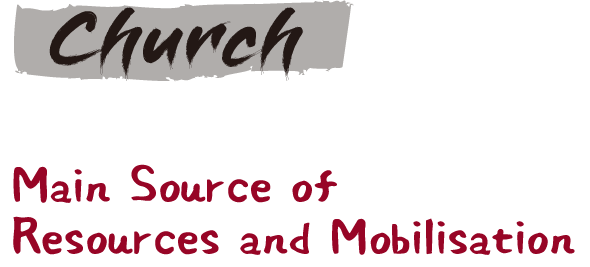
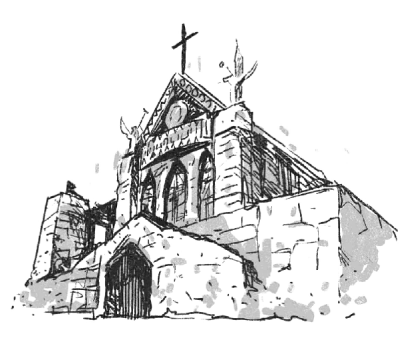
A high proportion of Taiwan’s indigenous population believe in Western religions. Churches combined with grassroots became the cornerstone of the indigenous movements in the 1980’s. After WWII, the Presbyterian Church in Taiwan was actively involved in Taiwan’s social movements. When the indigenous movements emerged, the PCT also provided huge aid and support.
In communities, indigenous pastors often took on the role of opinion leaders. In addition to the work at churches, they also instilled their people with ethnic consciousness and culture and education. In so doing more indigenous peoples would be mobilised to take to the streets and fight for their own rights. Indigenous peoples moved to cities to live and work hard. While they were trying to adjust to the metropolitan life, they endured stress and discomfort stemming from discrimination. It was how churches gradually became the bridge between cities and home and the shelter for indigenous peoples. The influence of churches also elevated.
The PCT cares about the society and politics, so it enriches the nature of the indigenous movements, diversifies and strengthens the movements to fight for indigenous rights. The resources from and people mobilised by churches were no doubt a great impetus to the indigenous movements.


On the first of March, 1987, the government dug out an indigenous peoples’ cemetery in order to plan a scenic area and build a hotel in Dongpu without notifying families. The cemetery was littered with corpses, bitten by wild dogs.
To protest to the government catering to the development plan of conglomerates and digging the indigenous land, on the 3rd of April the same year, the Bunun people in Nantou carried the coffins from the cemetery, which had been rampaged earlier, to Taipei. Wearing headscarves, they carried the coffins facing a human wall created by the police, which was a rare scene of protest.

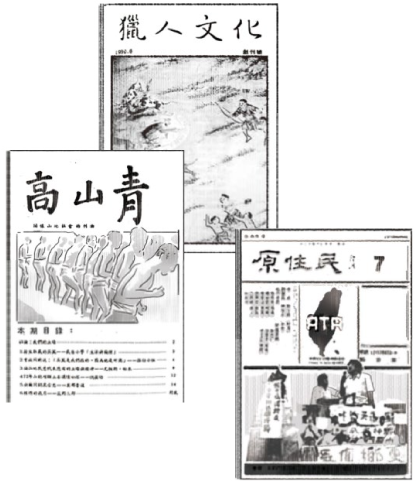
In addition to taking to the streets, indigenous people have distributed their claim to other people through the power of words and mass media in order to awaken the awareness of indigenous peoples’ human rights.
In 1983, 4 indigenous students studying in the National Taiwan University incorporated hand writing and oil printing to publish “Gao Shan Qing”, in which they criticised the government and society, drawing attention outside the ruling party. “The Taiwan Association for the Promotion of the Indigenous Rights” also published “The Indigenous Peoples” newsletter and magazines “Shan Wai Shan” and “Taiwan Indigenous Peoples” successively as a medium for indigenous people to speak out. “The Voice of Indigenous Peoples” and “The Hunter Cultures” were published subsequently.
Apart from mobilising people to the streets, the power and philosophy delivered by words are also very crucial to drive social reform and cohere collective consciousness, so as to succeed in social movement. Its importance is axiomatic.
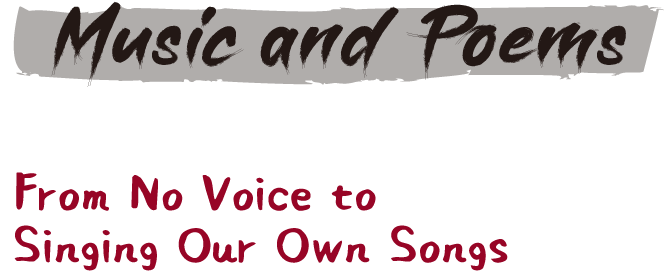
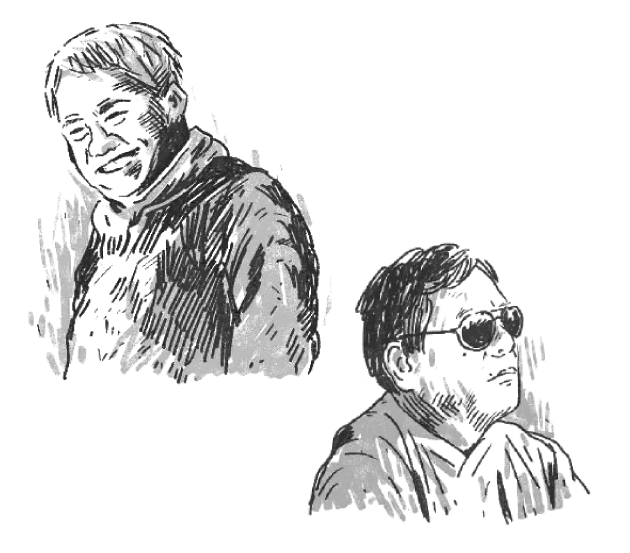
The music style of “folk song” has emerged since 1970’s in Taiwan. Riding on this trend, the indigenous music and songs, which had always been closely related to its culture, have encouraged many indigenous singers to start writing folk songs. These songs express the sentiments and identify of indigenous peoples as well as showing the society’s current situation. For example, Ara Kimbo singing folk songs live on-site at indigenous movements and Malieyafusi Monaneng reciting poems have aroused public interest and emotion. Music and poems serve as an effective channel to make the indigenous people’s voice heard.




